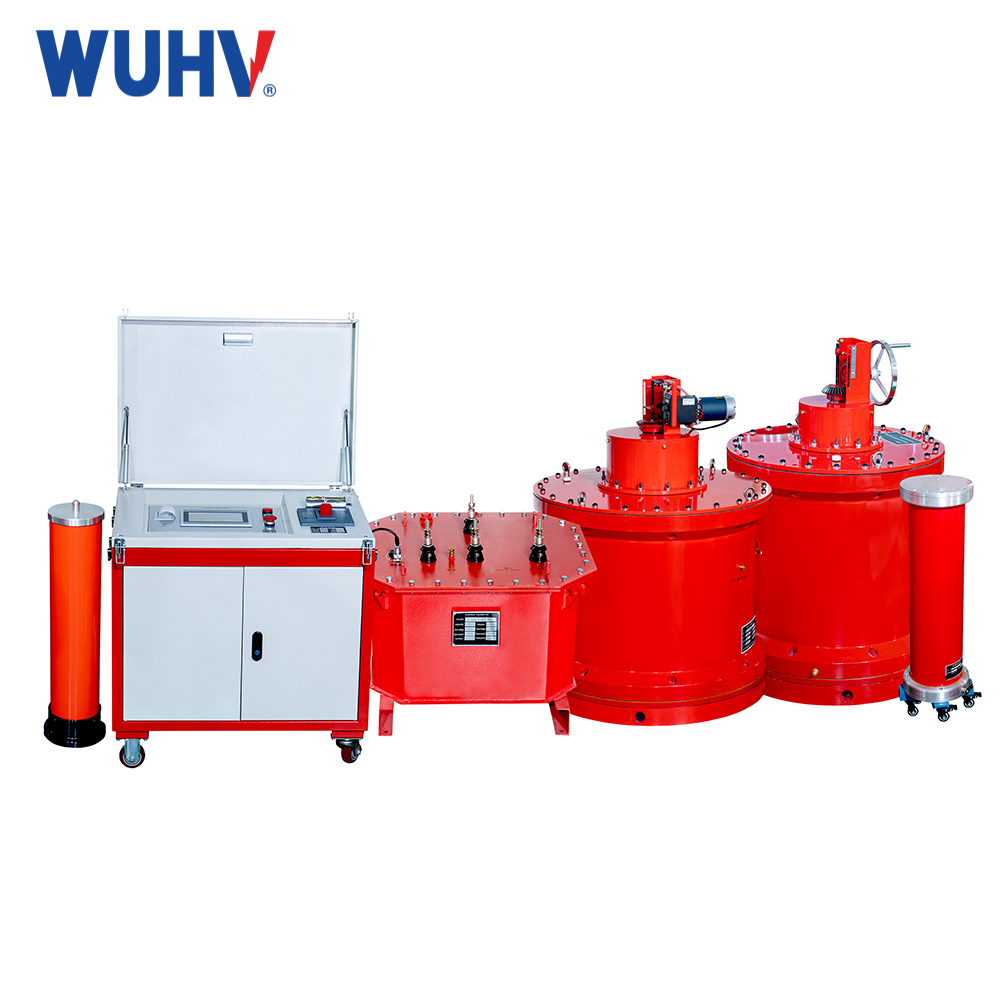Series resonance under Wuhan UHV can help many power workers more convenient for all kinds of power testing.
Series resonance and parallel resonance are common resonant phenomena in circuits, and they have important applications in circuit design and analysis. In this article, we will introduce the applications of series resonance and shunt resonance, and provide analytical methods to solve the problem.

Series resonance applications:
Series resonance is a phenomenon in which inductive and capacitive elements in a circuit are connected in series to form a resonance phenomenon. Series resonance plays an important role in the following applications:
Filter design: series resonant circuits can be used to design filters for filtering out signals in a specific frequency range. For example, in audio circuits, series resonant circuits can be used to design low-pass filters to remove high-frequency noise.
Signal Generators: Series resonant circuits can be used to design signal generators that produce signals at specific frequencies. For example, in radio communication, series resonant circuits can be used to design tuned circuits to receive signals at specific frequencies.
Parallel Resonance Applications:
Parallel resonance is a phenomenon in which inductive and capacitive elements in a circuit are connected in parallel to form a resonance phenomenon. Parallel resonance is important in the following applications:
Resonant amplifiers: parallel resonant circuits can be used to design resonant amplifiers for amplifying signals in a specific frequency range. For example, in radio communications, resonant amplifiers can be designed using parallel resonant circuits to amplify signals at specific frequencies.
Resonant Filters: Parallel resonant circuits can be used to design resonant filters for filtering signals in a specific frequency range. For example, in audio circuits, parallel resonant circuits can be used to design high-pass filters to remove low-frequency noise.
Analysis Methods:
To analyse series resonance and shunt resonance applications, the following methods can be used:
Circuit modelling: modelling the series resonant and shunt resonant circuits, including the parameters of the inductive and capacitive elements.
Frequency characteristic analysis: by calculating the impedance of the circuit at different frequencies, the frequency characteristic curve of the circuit is plotted.
Resonant Frequency Calculation: Calculate the resonant frequency of a circuit based on the parameters of the inductive and capacitive elements.
Resonance peak analysis: find the resonance frequency on the frequency characteristic curve and analyse the amplitude and phase of the resonance peak.
Problem Solving:
The following problems may be encountered when applying series resonance and parallel resonance:
Inaccurate resonance frequency: If the parameters are not selected accurately when calculating the resonance frequency, the resonance frequency may be inaccurate, affecting the performance of the circuit.
Resonance peak amplitude instability: The amplitude of the resonance peak may be affected by external interference or changes in component parameters, resulting in unstable amplitude.
Resonance peak phase instability: The phase of the resonance peak may be affected by external interference or changes in component parameters, resulting in unstable phase.
To solve these problems, the following measures can be taken:
Accurate calculation of parameters: Ensure that the parameters of the inductive and capacitive components are selected accurately to improve the accuracy of the resonance frequency.
Optimise circuit design: Reduce external interference and improve the stability and reliability of the resonance peak by optimising the circuit design.
Select appropriate components: Select inductive and capacitive components of reliable quality to ensure the amplitude and phase stability of the resonance peak.
Conduct simulation and testing: Use circuit simulation software to conduct simulation and analysis, and actually test the circuit performance to verify the stability and reliability of the resonance peak.
Summarise:
Series resonance and parallel resonance have important applications in circuit design and analysis. By analysing the circuit model, frequency characteristics and resonance frequency, the principles and applications of series resonance and shunt resonance can be deeply understood. In the application process, accurate calculation of parameters, optimisation of circuit design, selection of suitable components, and simulation and testing are required to ensure the stability and reliability of the resonance peaks.



















